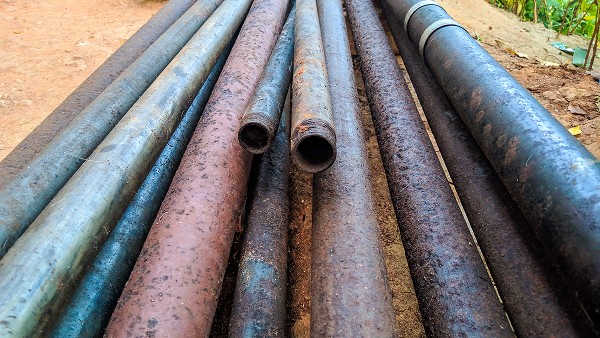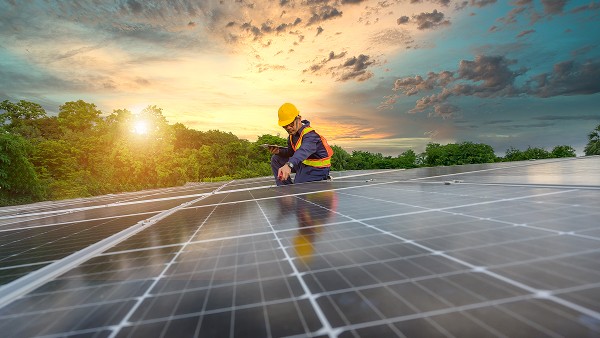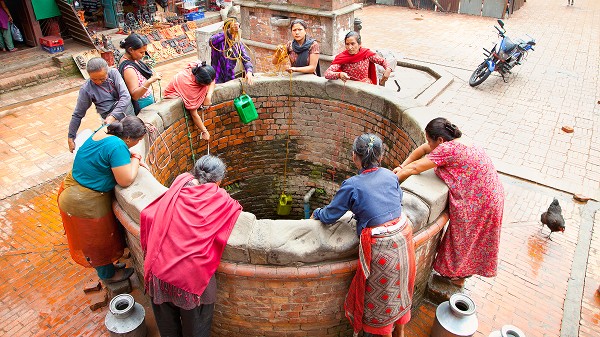Battery Recycling and the Green Energy Transition in Bangladesh
Lead poisoning in Bangladesh is a major concern. There are many reasons for high lead levels in Bangladesh, and the relative attribution of lead exposure to various sources remains unknown. Yet one source of lead exposure stands out for its volume and climate connections: the production, use and recycling of lead-acid batteries. Bangladesh is one of the most climate-vulnerable countries. As an emerging economy, its demand for energy has also increased significantly in recent years, and the transition to renewable energy is thus a critical national priority. As part of this transition, energy storage, including lead-acid batteries, plays a critical role.
READ MORE





